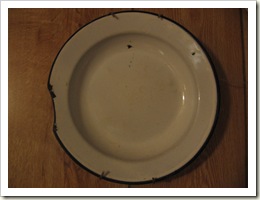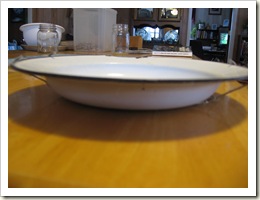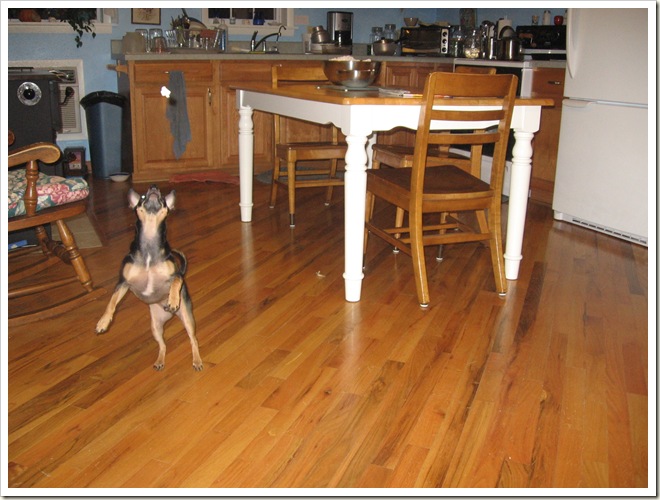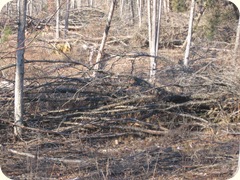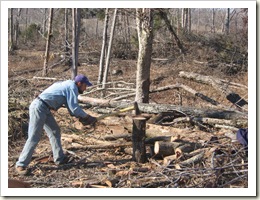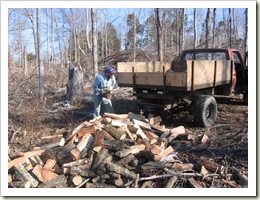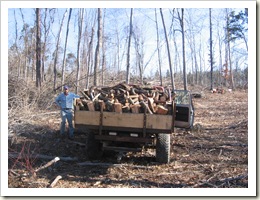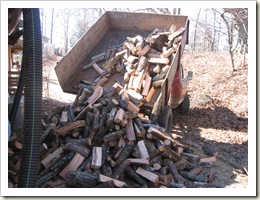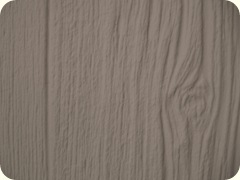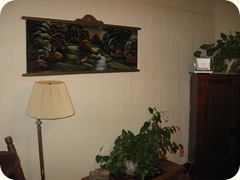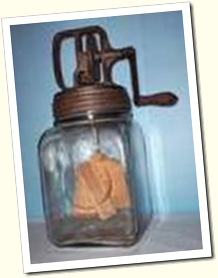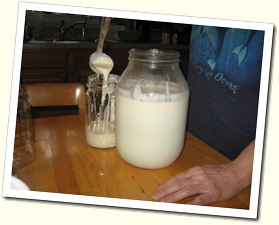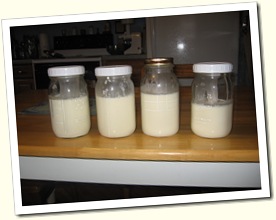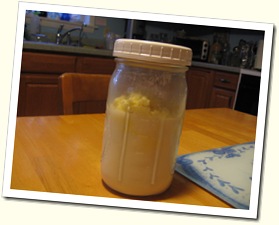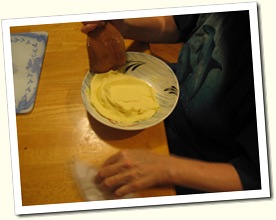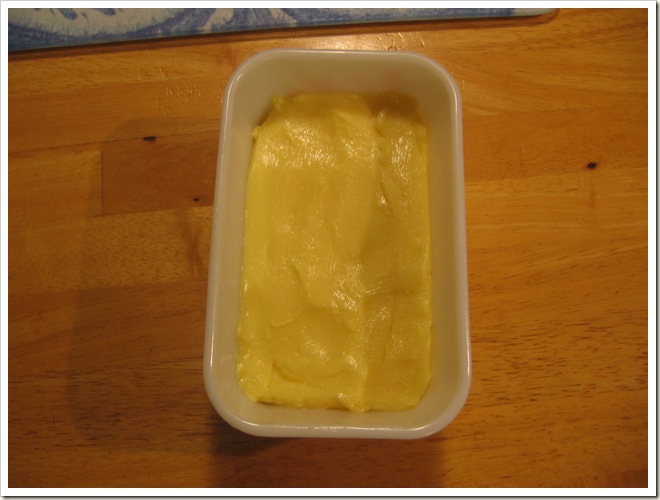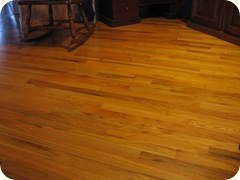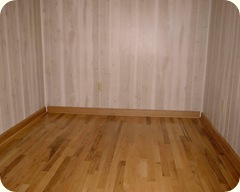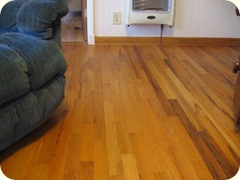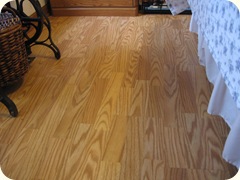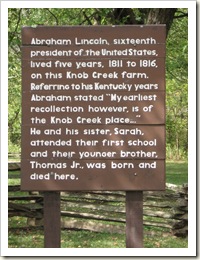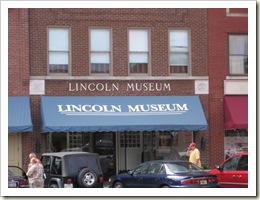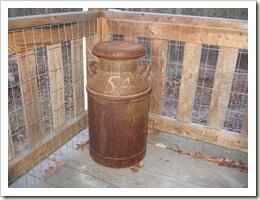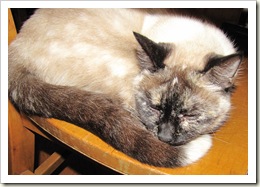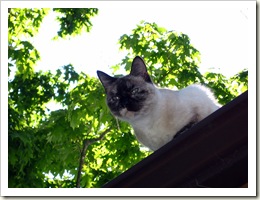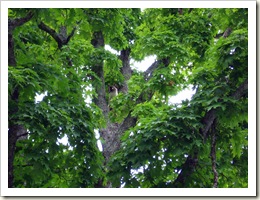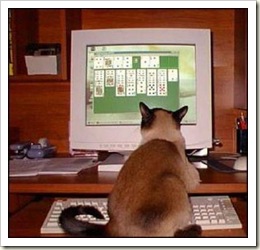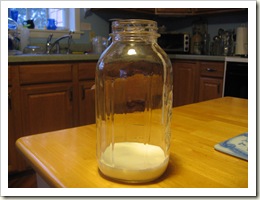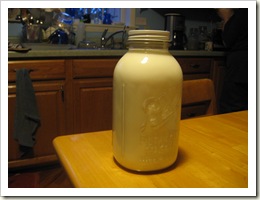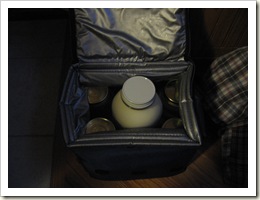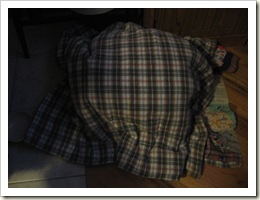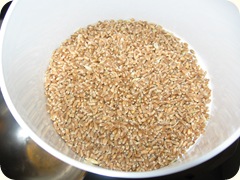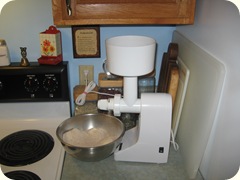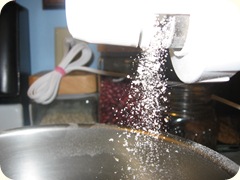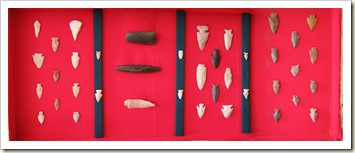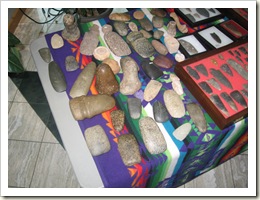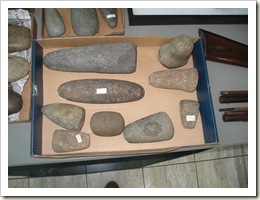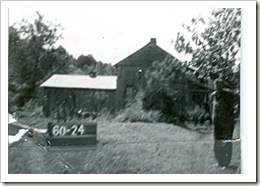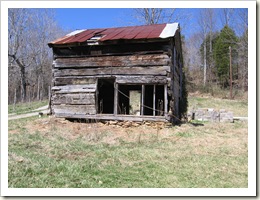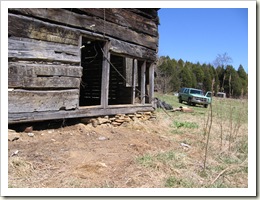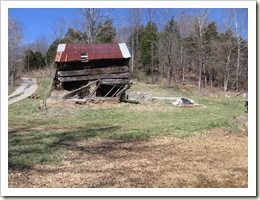We may hear from time to time about people in third world nations drinking dirty, polluted water and think how fortunate we are to be able to go to the faucet and get a glass of good, pure water. But, do we ask just how pure and good that water is? Do a little research and you will find that it isn’t as pure and good as we might imagine. In some areas the water is “purified” water taken from rivers or streams that raw sewage or partially treated sewage is dumped into. Various chemicals are added, supposedly to make it safe to drink and for our benefit.
One chemical that is used in most municipal water supplies is fluoride. We have been told that it is to help prevent tooth decay. But, is it? Perhaps you aren’t aware that there are two types of fluorides. One is calcium fluoride that naturally occurs in water but this is not the type that is added to our drinking water. The fluoride that are used are of two types. Silcofluoride is a by product from the phosphate fertilizer industry and sodium fluoride is a waste by product of the aluminum industry. This last product is also used as an insecticide, fungicide, bactericide and in rat poison!
Charles Elliot Perkins, a research scientist sent by the U. S. government after WWII to take charge of the I. G. Farben chemical plants in Germany discovered that “The real purpose behind water fluoridation is to reduce the resistance of the masses to domination, control and loss of liberty.” In his report to the Lee Foundation for Nutritional Research in October of 1954, he said, “Repeated doses of infinitesimal amounts of fluoride will in time reduce an individual’s power to resist domination, by slowly poisoning and narcotizing a certain area of the brain, thus making him submissive to the will of those who wish to govern him.”
There is much more that you can research on your own but suffice it to say that I do not wish to ingest fluoride from my drinking water, my toothpaste or from any other source. And, it can be successfully removed through distillation, reverse osmosis and a few other filtering units.
We used a water distiller for a number of years. Since it was an electric unit the energy cost was significant. A few years before moving to Kentucky we installed a reverse osmosis system, which we were quite happy with. We left the unit with the house we sold but we purchased another unit and installed it in our home here. The following photos show a little of the system.
 The main unit is under the kitchen sink. Our unit is a 6 stage system, which means that in addition to the main membrane there are other filters. 1st stage is a 5 micron sediment filter. 2nd stage is a granular activated carbon filter for chemicals. The 3rd stage is a 5 micron coconut carbon block for chemicals. Stage 4 is the main membrane. The 5th stage is a demineralization by ionization cartridge for super clean water. The final and 6th stage is a granular activated carbon filter for taste.
The main unit is under the kitchen sink. Our unit is a 6 stage system, which means that in addition to the main membrane there are other filters. 1st stage is a 5 micron sediment filter. 2nd stage is a granular activated carbon filter for chemicals. The 3rd stage is a 5 micron coconut carbon block for chemicals. Stage 4 is the main membrane. The 5th stage is a demineralization by ionization cartridge for super clean water. The final and 6th stage is a granular activated carbon filter for taste.
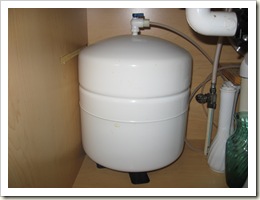 Also under the sink is a three gallon pressurized storage tank. This makes it possible for there to be purified water available as needed as it does take time for water to go completely through the system. We have a separate faucet for the RO water, as shown in the picture below.
Also under the sink is a three gallon pressurized storage tank. This makes it possible for there to be purified water available as needed as it does take time for water to go completely through the system. We have a separate faucet for the RO water, as shown in the picture below.
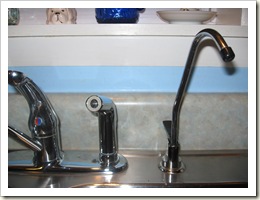 In part two I’ll tell you a bit about another water purifying system we have recently obtained.
In part two I’ll tell you a bit about another water purifying system we have recently obtained.
Read more...
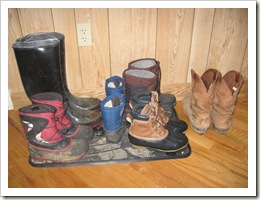 The kids have insulated snow boots. I don’t believe I ever had any boots of that nature as I was growing up. All I can remember having were 4-buckle overshoes. I haven’t seen any for years but doing an internet search I find that they are still being manufactured and sold. The boots fit over whatever shoes you have on. My dad had a pair of 2-buckle overshoes, a low-top version. They kept your shoes dry but wouldn’t allow you to wade water of any depth.
The kids have insulated snow boots. I don’t believe I ever had any boots of that nature as I was growing up. All I can remember having were 4-buckle overshoes. I haven’t seen any for years but doing an internet search I find that they are still being manufactured and sold. The boots fit over whatever shoes you have on. My dad had a pair of 2-buckle overshoes, a low-top version. They kept your shoes dry but wouldn’t allow you to wade water of any depth. 